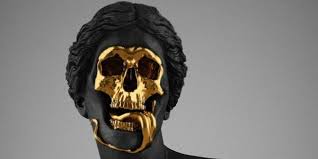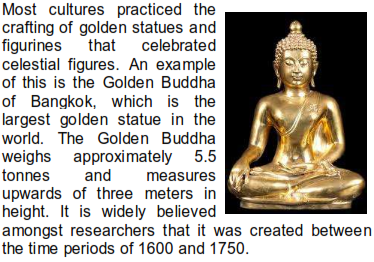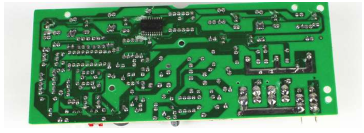Gold and the Arts
For manufacturing of glass, gold has a lot of uses. A very rich ruby colorizing can be produced if gold is suspended into the glass while it's being annealed. Annealing is the process by which the glass or metal is heated then gradually cooled down. The result is a high durability of the material. The specialized glass that aids in the control of a building's climate is made with gold.

Due to gold having the highest malleability of any of the other metals, it can be processed into sheets within the range of a few millionths of an inch in thickness. This is done by beating and rolling the gold into “gold-leaf.” Gold-leaf can be applied to furniture, trimmings, molding, frames, as well as other irregular shapes. Many structures around the world have gold leaf applied to their internal and external surfaces.

The art of lacquering gold onto metals and wood originated in ancient Asia. Lacquer is a liquid which, when dried, provides a hard coating to protect metal and wood.
There were two major techniques used in gold lacquering which originated from Japan. The first strategy was called Guri. This process entails several applied layers of pigments of gold and silver dust mixture, which is burned into the dry lacquer. The second strategy is more popular and called Makie. This process entails the application of gold dust, precious stones, and silver onto the lacquer before it dries resulting in inlaid motifs.







